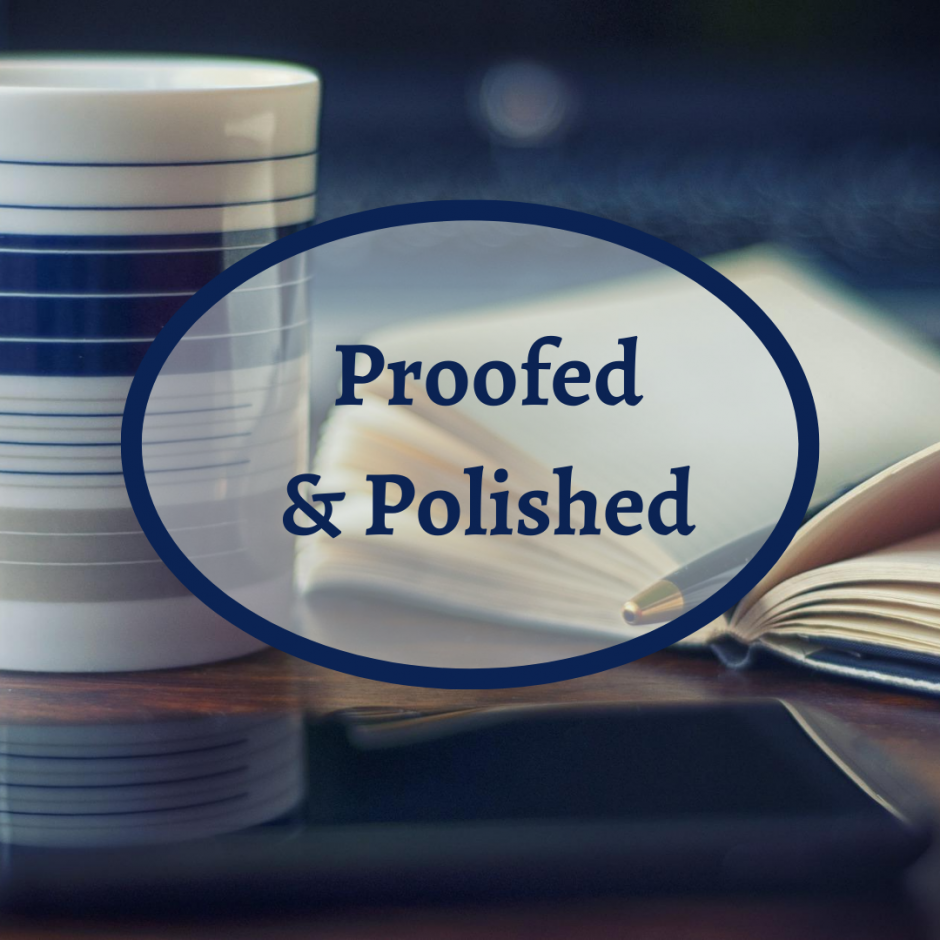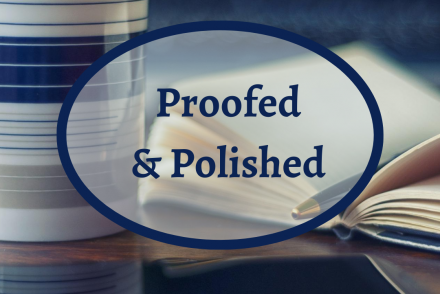Before you send off your precious manuscript to your editor, you probably want to make sure that it’s as polished as you can possibly get it. Why? While your editor will certainly help you with your proofreading errors, the real focus is supposed to be on the storyline itself. By presenting a well-proofread document, you ensure that your editor can concentrate on helping you to perfect the storyline instead of your grammar.
If you’re going to do the work of proofreading by yourself, it’s essential to have some good tools on hand to help you. Here are a few things I use when I’m proofreading.
1. A Spell Checker
The absolute simplest way to get started proofreading. Just make sure to actually run the check, and don’t just assume it’s being done automatically. Use the tool that comes with your word processor or download something like Grammarly to help you catch your mistakes.
2. A Dictionary
When I proofread, I always have a dictionary tab open on my computer. I most often use it when I think that a word is being misused and I need to check the definition. Most dictionaries also have a thesaurus feature which is useful for finding replacements for overused words.
For the most part, the actual dictionary that you choose is up to you since you’re the author. Merriam-Webster is a classic, and it’s my go-to. However, you may find that a different dictionary is more beneficial for you depending on the style of your writing, where your story is located, or how technical your writing is.
3. Chicago Manual of Style
If you like rules, consider getting a subscription to Chicago Manual of Style Online. CMOS is the ultimate grammar nerd’s guide to every question you can possibly think to ask about nouns, verbs, adjective placement, quotation marks, capitalization—you name it, there’s a rule. The learning curve is a little steep. You sort of have to know what you’re looking for in order to search the database, but if you’re willing to take the time, it’s an incredibly detailed resource. You can do a 30-day free trial, and the annual subscription fee is very affordable.
4. Quick and Dirty Tips from Grammar Girl
If CMOS sounds too intense (it can definitely be confusing), look up Grammar Girl’s Quick and Dirty Tips. Now these are some accessible grammar tips. I struggle with the difference between the appropriate use of “that” versus “which”. Grammar Girl has the clearest explanation that I’ve found for how to decide which one to use. The articles are short, concise, and have practical examples to get you on the right track.
5. The Best Punctuation Book, Period.
I’ve mentioned this book before and bears repeating. The Best Punctuation Book, Period by June Casagrande is truly the best. The sheer number of comma rules that exist can be totally overwhelming, so forget trying to actually use them! Casagrande breaks down each one in her book with simple explanations and tons of examples. This book is the middle ground between CMOS and Grammar Girl. Get a copy, you won’t be sorry you did.
6. Google
Obvious, perhaps, but worth mentioning. When I’m stuck, a simple Google search can do wonders. One thing that I really rely on Google for are standards for things that aren’t hard and fast rules. Over the course of the last year or so, there has been a lot of discussion about how to capitalize (or not) a person’s race. Is it capital B for Black or lowercase b? Does the same rule apply for White or not? I needed to answer this question (and how to properly write about covid-19) a number of times, so I turned to Google. I was able to look at reputable news sites to see what professional journalists were doing. For the question on race, there’s actually a blog on the Associated Press’s site that outlined the consensus they had reached on what was appropriate: APnews-race-and-ethnicity
Now, the thing is that you may find a consensus, and you may not. When discussing race, CMOS didn’t want to commit to a formal change to the rules between editions, but in this article they did recommend using capital B and otherwise deferring to an author or editor’s preferences:
Ultimately, you and your editor will make decisions on things like this that don’t have a hard and fast rule, but Google can be a great resource to find out what other professional writers are doing.
Now you’re ready to proofread! If you still have questions on the process, look back at my very first post about tips for self-proofing for a polished product. Happy proofreading!

Dayna Betz is a full-time freelancer providing proofreading and editing services to help writers put their best foot forward. She also enjoys reading and writing book reviews. Head over to her site to learn more: betzliterary.com.





No Comments